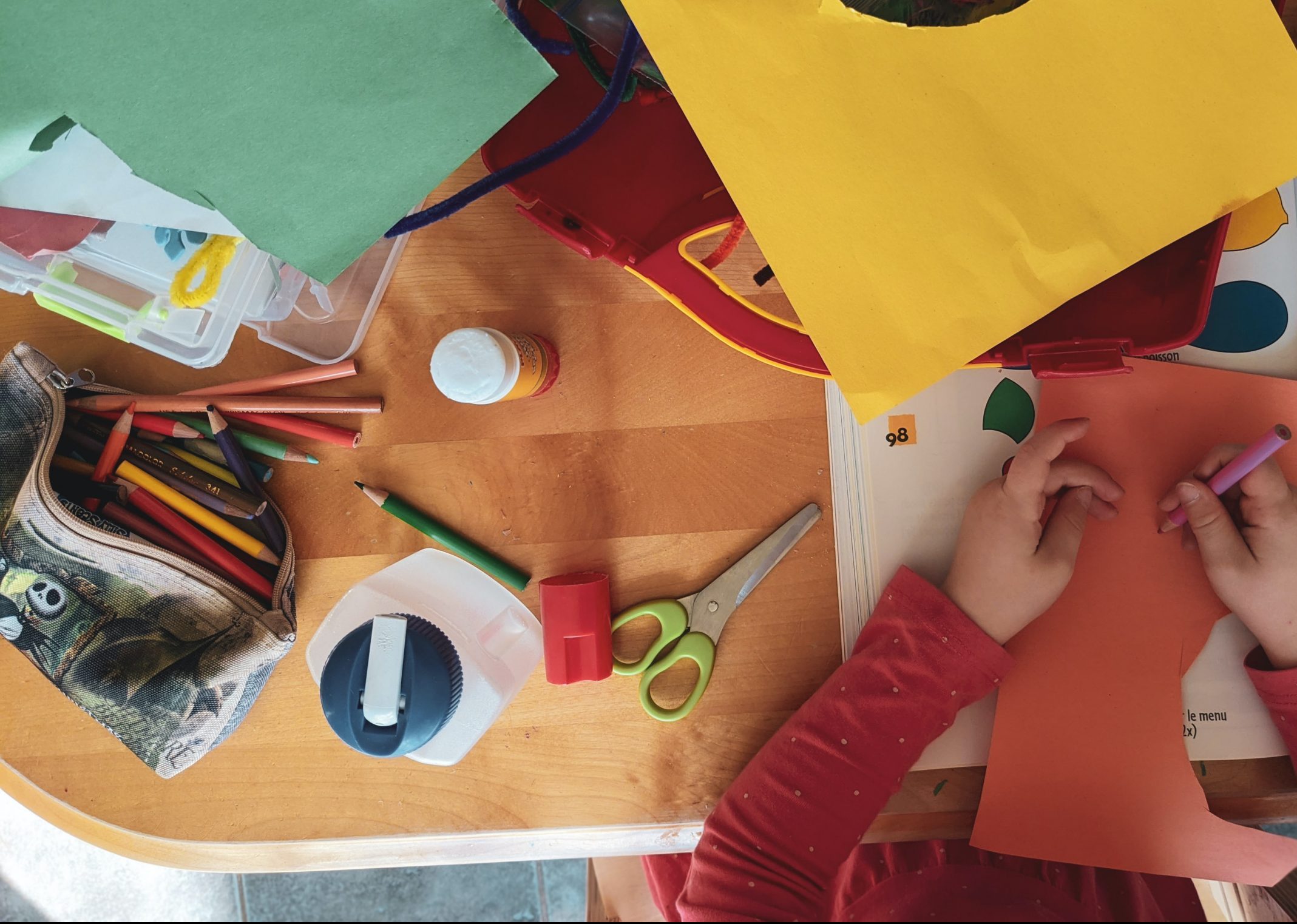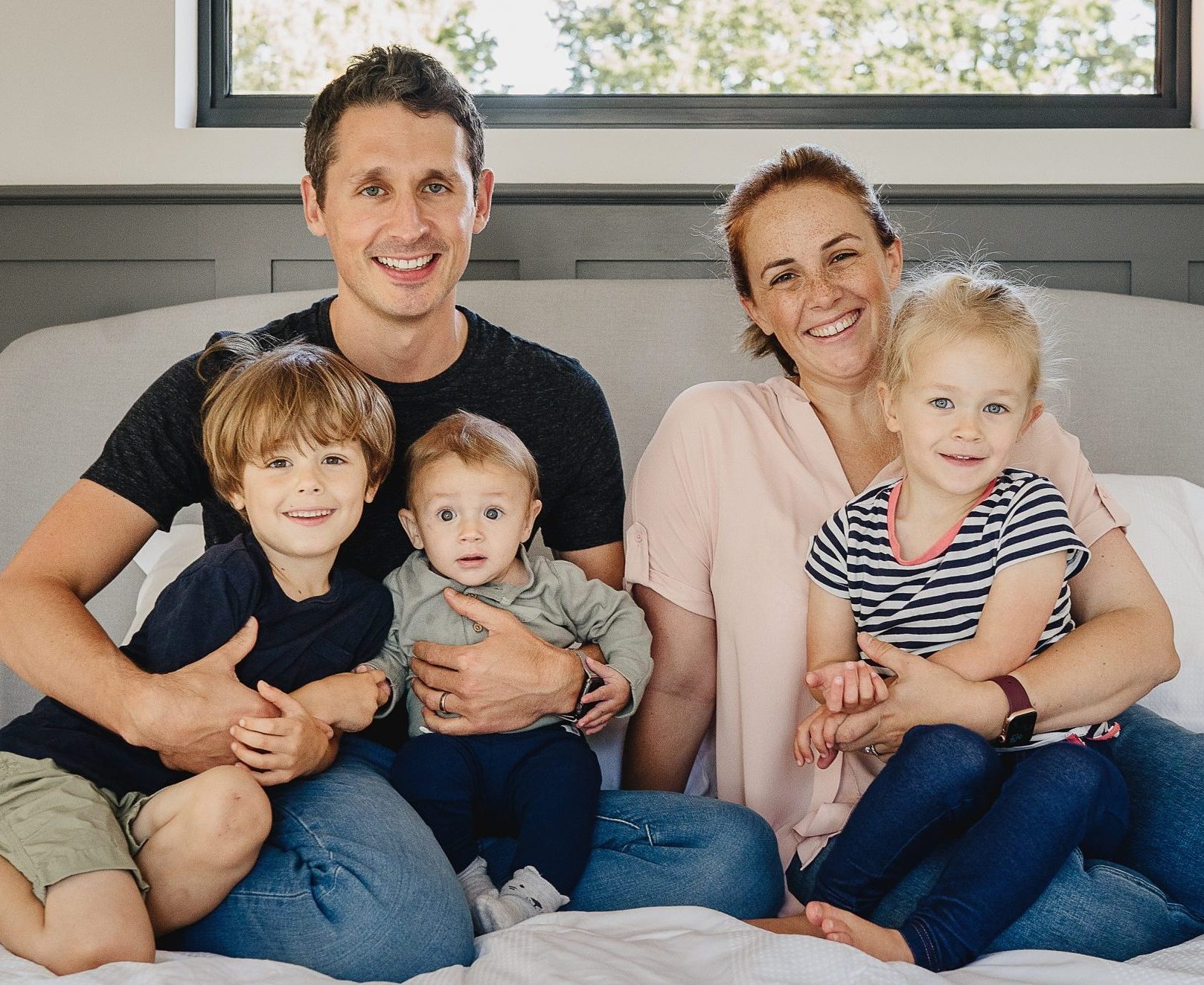The primary reason for tracking children’s progress during their formative years is to assist in providing a picture of their development. It’s also used in establishing areas that the child may require additional support. Tracking and needs identification can only be done through the use of the best EYFS tracker. Using this tool, parents and professionals get to understand the kind of learning the children are getting and whether there are improvements or support they can lend at home.
A look at the early year’s setting shows that there are many tools that go into tracking and monitoring the child’s development. Although the format used by these tracking tools tends to vary from one setting to the next, they all observe the same aims and objectives. They include:
- Progress Summary
- Progress Check at two years
- Individual Cohort Tracker
- Group Cohort Tracker
- Language & Communication monitoring tool
Assessments & Tracking Progress
1. Statutory Assessments
When it comes to statutory assessments, there are two points that will need to be considered during the time the child is in the EYFS (early year’s foundation stage).
- Progress review between two and three years
- End of EYFS assessments
Practitioners are required by EYFS to observe kids as part of their daily interactions. The continual assessment lays a foundation for two assessments that will occur when the kids are between ages 2 and 3. It’s also a central part of creating an EYFS profile for the child. Once the summary is completed, it will need to be shared with the parents.

2. Non-Statutory Assessments
The non-statutory assessment is also referred to as the formative assessment by practitioners and is meant to show the development and achievements made by the children over time. A formative assessment can, in some cases, be in the form of online assessment systems or learning journeys. Moreover, assignments under this category tend to capture vital information that can help practitioners make best-fit judgments. A good example is when a practitioner uses the early year’s document to keep track of the progress being made by the child.
When the caregivers and practitioners are done collecting this information, they use it to assist each child’s progress. Professional practitioners will use these details to create learning activities that can be termed developmental and engaging.
What is the Importance of Tracking Progress?
Tracking children’s progress is considered an efficient practice, regardless of whether the progress being tracked is that of a single child or a group. Through the tracking process, practitioners get an opportunity to reflect on the milestones the kids have achieved. It’s a good way to confirm that learning objectives are indeed being met! From the knowledge they have obtained, the practitioners are required to come up with new provisions and plans that can be used to improve and adapt early years’ practice.
As your children get older, progress tracking continues throughout their school life. When you have a clear idea of your child’s level you’re in the best position to offer learning support. If your child is struggling at school, you might be feeling a little worried. Fortunately there are plenty of things you can do to help them thrive. Start off by looking into extra tuition, there are many options available, for instance Maths and Physics online tuition. Meet with their teachers to get advice, and remember to give your children plenty of positive encouragement.
Conclusion
When all is said and done, tracking progression using the statutory and non-statutory assessment assists in ensuring the kids are well-formed from an early stage. Many, if not all, the skills they will learn during this phase will be of great use to them as they continue to grow.









No Comments